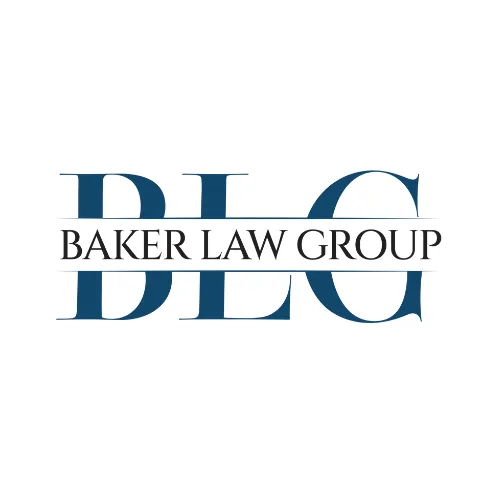Stop being your industry's best kept secret.
It's time to build the personal brand that books stages, sells programs, and sparks conversations.
Strategic Podcasting
You're done playing small.
Nobleer isn’t your average podcast production house. We have mastered the art of turning a single podcast recording into an omni-channel marketing machine.
Think SEO-optimized blogs, viral social clips, YouTube videos, lead magnets, and even published books. Let's turn your message into a movement.
Does this sound familiar?
You’re recording, editing, posting, and promoting—yet your numbers stay flat and your inbox stays quiet. It’s exhausting to give so much and feel like no one’s listening.
You have real expertise—more than most of the “influencers” in your space—but somehow, you’re not the one getting the spotlight. Watching others rise with half your knowledge stings.
You know visibility matters—but you didn’t become a founder to turn into a full-time content creator. You want smart, strategic visibility without the daily grind of algorithms and posting pressure.
Don't worry, we can help!
WHAT WE OFFER
Scope Our Services

Grow your podcast.
We build your podcast from the ground up. From strategy and scripting to studio-quality recording, editing, publishing, and repurposing, we handle the entire process so you can focus on showing up with your voice and vision.

Guest on podcasts.
We position you as the guest every host wants and every audience remembers. From crafting your standout pitch to securing interviews on aligned, high-impact shows, we manage the entire process.

Leverage your podcast.
One episode. Dozens of content assets. We transform each podcast recording into a full-scale content strategy—so you can stop stressing about what to post and start showing up with authority.
Done for you podcast production and distribution.
Here are a few of our clients.

Podcasting and Community
Production and Distribution
High-impact editing and distribution to YouTube, with heavy hitting segments distributed to Instagram, LinkedIn, Facebook and TikTok. Leveraging each episode as inspirations for blogs and SEO driven content.

Monetizing a podcast.
Podcast as Business Development
From conceptualization to co-hosting, this consultant took his personal brand to new heights by launching his show. Today, he has over 130k YouTube subscribers and has built a strong lead pipeline through his podcast.

Repurposing podcasts into social
Video and Content Marketing
From conceptualization to co-hosting, this consultant took his personal brand to new heights by launching his show. Today, he has over 130k YouTube subscribers and has built a strong lead pipeline through his podcast.
271 Reviews
Hire a team that's done it before.
Nobleer's Track Record
From landing books on Amazon's International Bestsellers List to producing podcasts that have driven millions in revenue, Nobleer Media is a podcasting agency that has a track record of success for clients across various industries. We are your one stop shop for all things authority marketing. All you do is record the conversation, and leave the rest to us.

TESTIMONIALS
Here's what others are saying.

Amplifying my voice.
Nobleer takes my concepts and ideas and puts them into words the rest of the world can understand. I appreciate having a marketing team to help build my brand.
-Taylor Leary, CFP and President of Four Points Wealth Management


Opening doors.
Working with Nobleer Media has been an incredible decision for my personal brand. They understand my voice and have opened doors to new mediums that I wasn't utilizing before. They have helped me break into new territories and take my brand to the next level.
- Tony Grebmeier, Co-Founder and CEO of ShipOffers


High-level strategy.
This isn't some company you'll find on Fiverr. They get the value of authoritative, high-quality backlinks, and one of their secret weapons is getting you on podcasts. If you’re aiming to boost your online presence, give Nobleer Media a call.
- Ronnie Kendrick, Founder of Company Clean







Who's This Perfect For.
Founders
Keynote Speakers
Coaches & Consultants
Executive leadership
Doctors
Experts
Lawyers
Financial Advisors
Community Leaders
READY TO GIVE US A TRY?
Ready to jump start your personal brand?
Discover the strategies top leaders use to dominate their niches, build trust, and inspire action. This comprehensive guide will teach you how to leverage Authority Marketing to:
-Become a recommended business on ChatGPT
-Create a personal brand the drives business growth
-Land more speaking opportunities
Claim your free copy and start building your authority today!



Facebook
Instagram
LinkedIn
Youtube